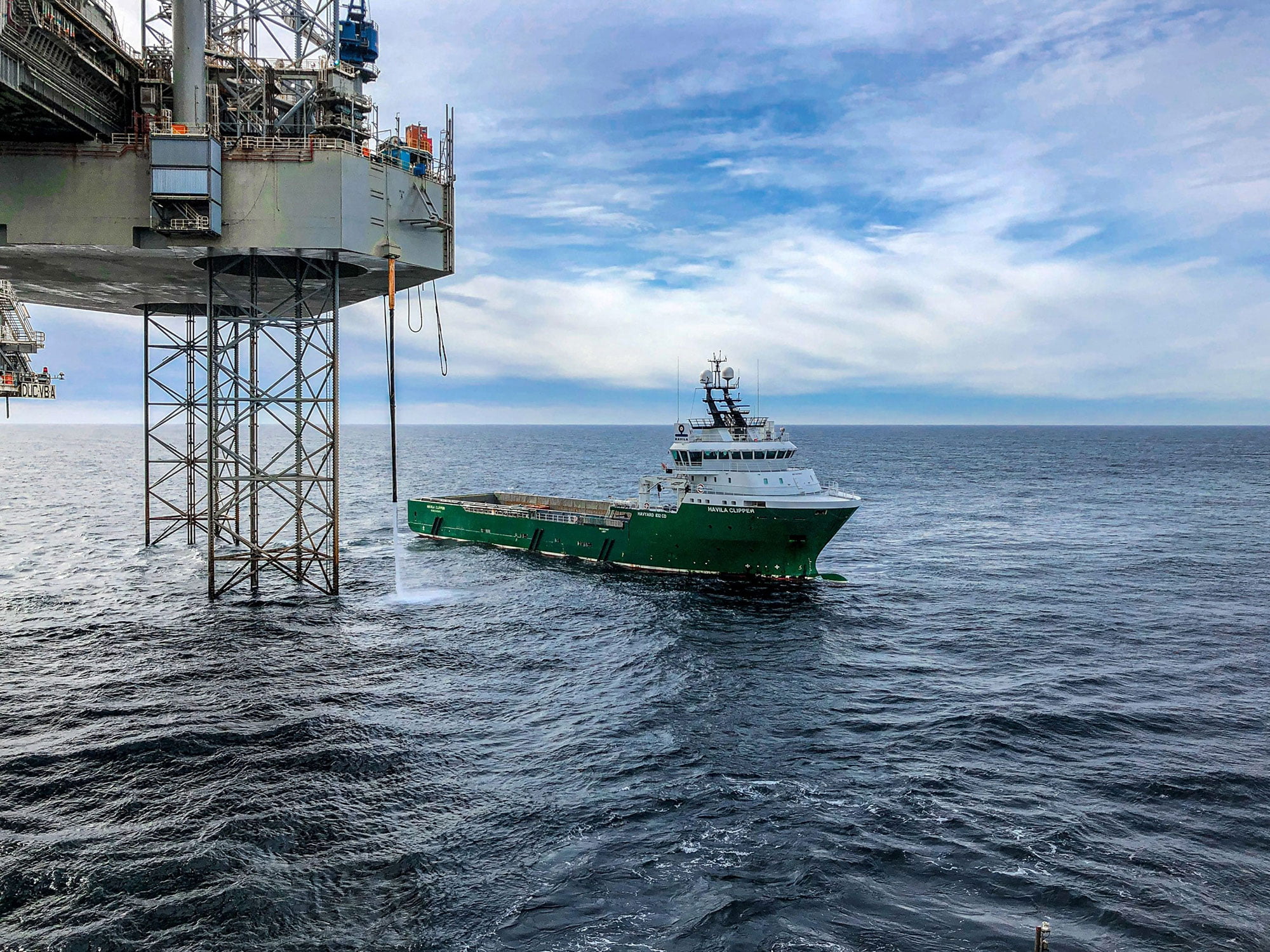Extracting oil and gas on the UK Continental Shelf is directly responsible for around 3.5% of the UK’s greenhouse gas emissions — a figure which, in March, led ministers to consider banning further oil exploration licences in the North Sea.
In a move away from fossil fuels, the proposed ban would have been similar to that seen in Denmark, which voted to cancel its next North Sea oil and gas licensing round in December 2020. One option on the table was to end permits by 2040 and instigate an immediate temporary pause in licensing.
However, the majority (85%) of UK homes are still heated by natural gas, and the prospect of early termination would be a serious blow to the oil and gas sector, which is based mainly in Scotland and the North East. (Approximately 39% of 270,000 jobs in the UK oil sector are in Scotland.)
Transitioning away from fossil fuels will take time. So, instead of an outright ban on further exploration, the UK Government announced a North Sea Transition Deal with the oil and gas industry. The deal aims to support high-skilled oil and gas workers and the supply chain in the transition to a low-carbon future.
Through the transition, government, trade unions, and the oil and gas sector will work together to deliver the skills, infrastructure and technologies — such as offshore wind, hydrogen production and decommissioning — required to decarbonise North Sea production.
These measures are expected to cut pollution by up to 60 million tonnes by 2030 whilst supporting up to 40,000 jobs across the supply chain.
Ramping up projects
Thanks to a combination of the transition deal, a slump in oil prices and desires to make the UK a renewable energy powerhouse, the decommissioning of oil rigs and platforms is already ramping up in the North Sea.
Even with the setback of COVID-19, it has been a busy year for UK offshore operators. With exploration budgets slashed due to the pandemic and oil prices tumbling, many operators are now increasing spending on decommissioning projects.
According to research by Rystad Energy, the UK is in line for nearly 80% of the £14 billion expected to be spent on removal projects in Northwest Europe over the next five years. Some of the leading assets that will drive the North Sea decommissioning market in the UK include the Ninian central platform and the Thistle and Brent oil and gas fields northeast of the Shetland Islands.
Securing decommissioning sites
A key commitment of the North Sea Transition Deal is that, by 2030, the sector will ensure 50% of its offshore decommissioning projects will be provided by local UK businesses.
However, the average cost of decommissioning can be more than £4,300 per tonne. Plugging and abandonment (P&A) of wells is expected to make up about 45% of decommissioning costs over the next five years, whilst platform removals will account for nearly 20% of total expenditure.
As well as handling the decommissioning itself (and all the equipment and resources that come with it), project managers must also ensure safety at the site. Large and highly visible navigation buoys designed for use in deepwater locations are essential to mark off hazardous areas surrounding the platform and establish a temporary safety zone. But a single buoy can cost upwards of around £50,000 — a substantial addition to the existing cost of decommissioning.
The more decommissioning projects we see in the North Sea, the more buoys will be needed to secure the sites. As these navaids are only required temporarily, renting rather than buying them outright can be a more cost-effective option, particularly for smaller local businesses which may have tighter budget constraints.
After decommissioning, some platforms may also remain in place. However, the existing navigation aids fitted to these platforms are often unsuitable to run without generators. Modern LED navigation lights can be run independently through a solar supply, meaning the lights stay on even when the power goes off. Both of these options can also have satellite monitoring fitted to ensure the installations are performing correctly at all times.
As the UK’s leading supplier of aids to navigation, Hydrosphere provides high-quality and affordable buoys, lights, chains and sinkers for rental. Navigational marker buoys and data buoy platforms are available to rent in a variety of sizes.
To discuss the marine aids to navigation requirements for your decommissioning project, get in touch today.








